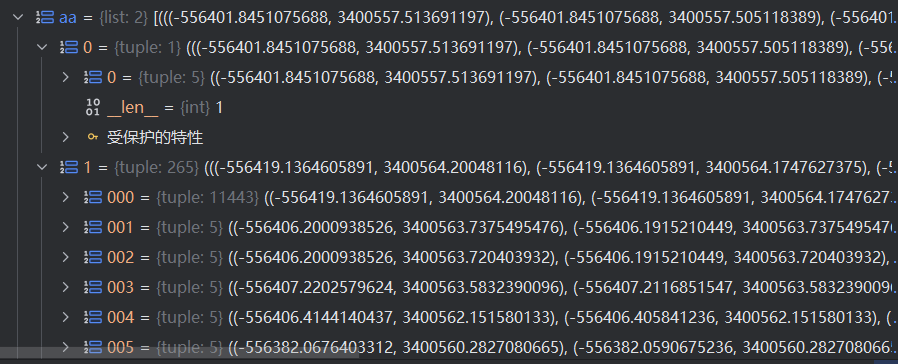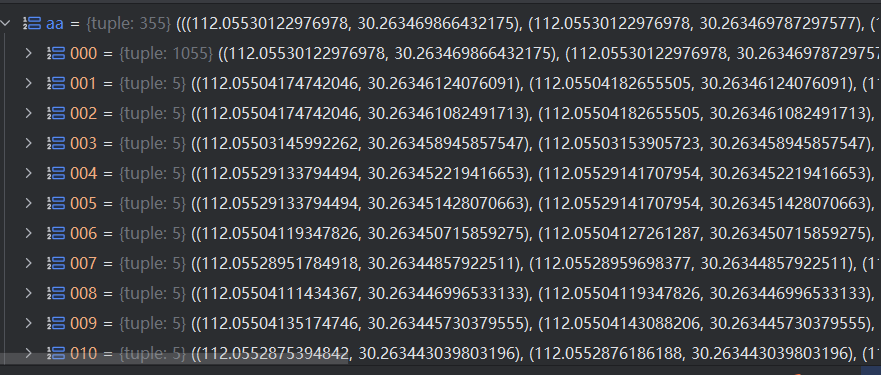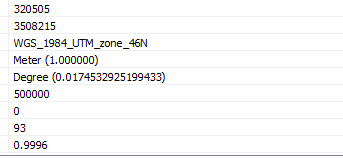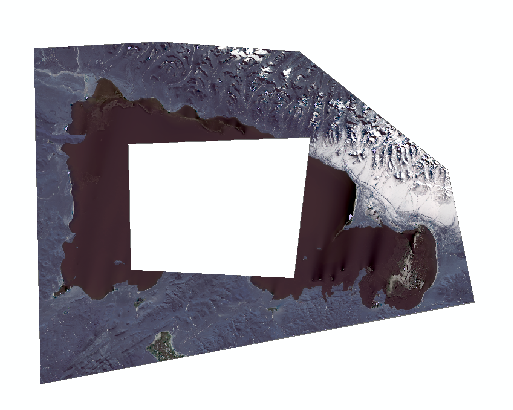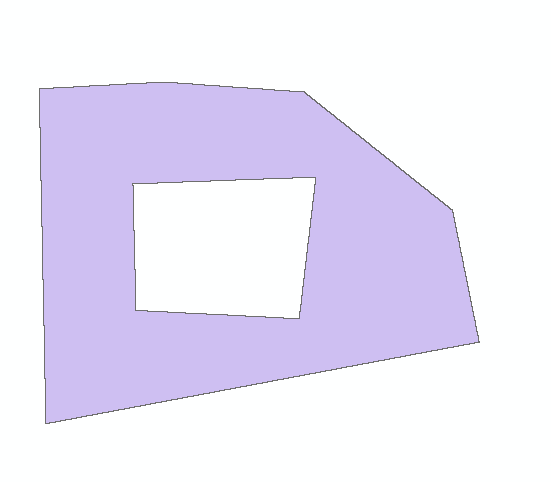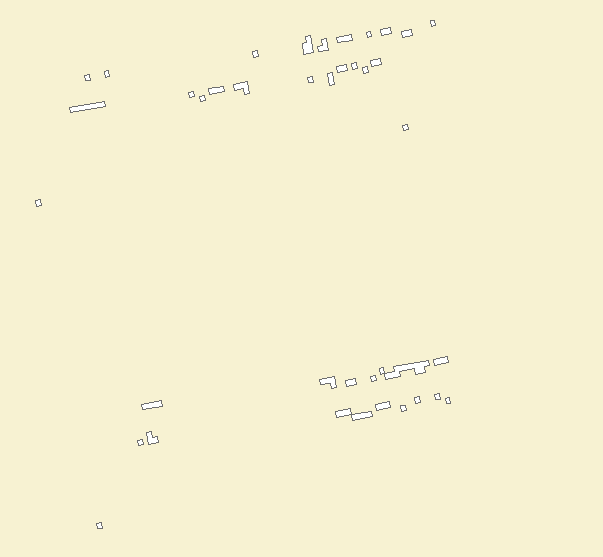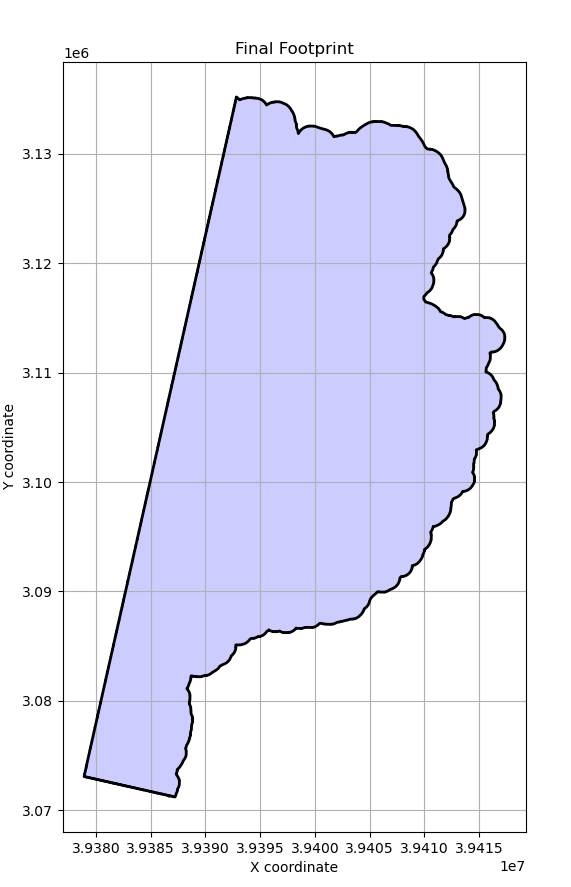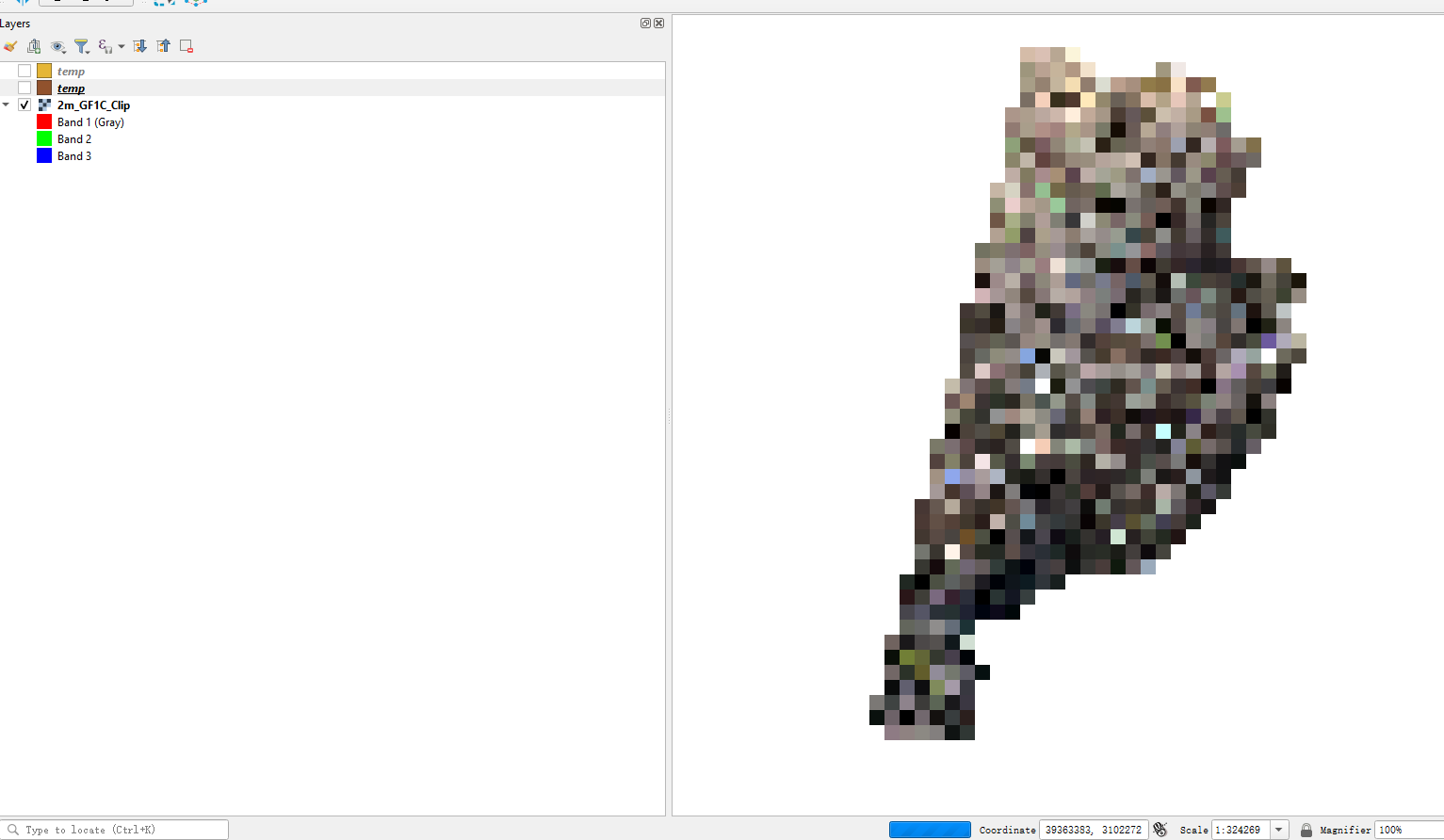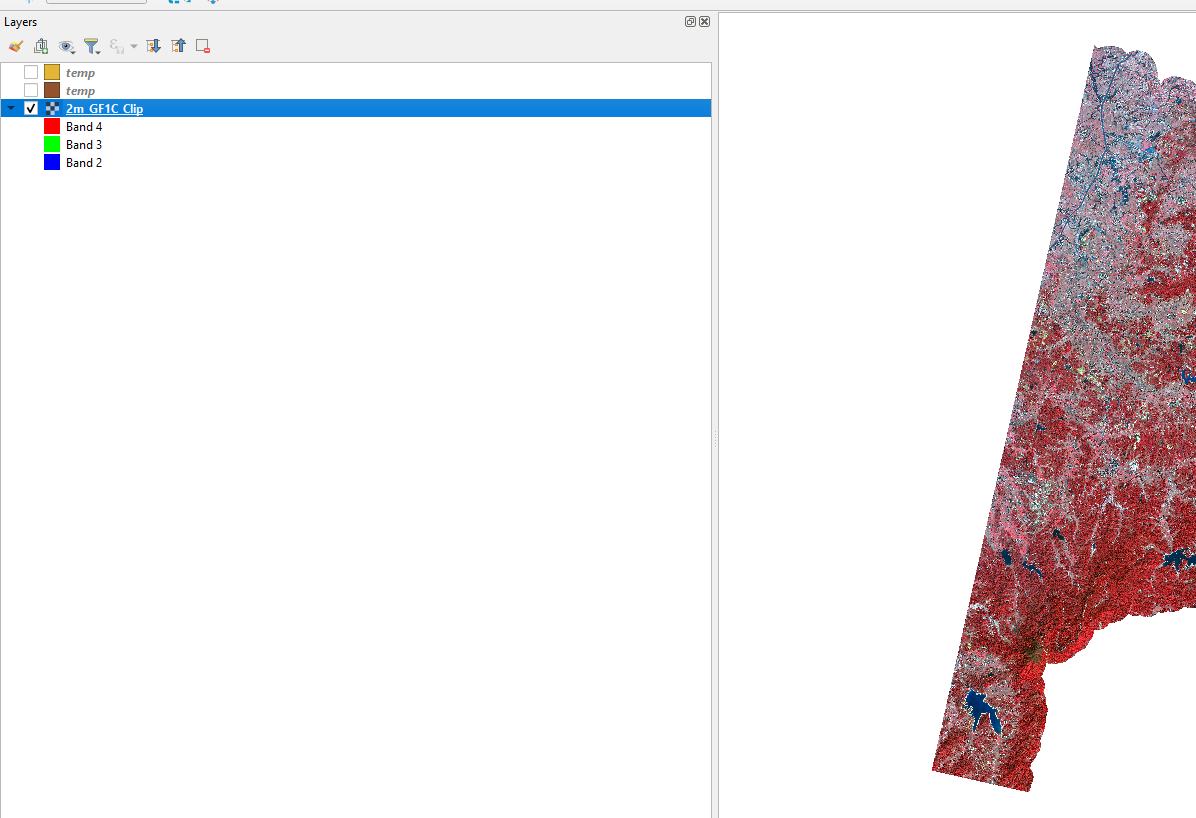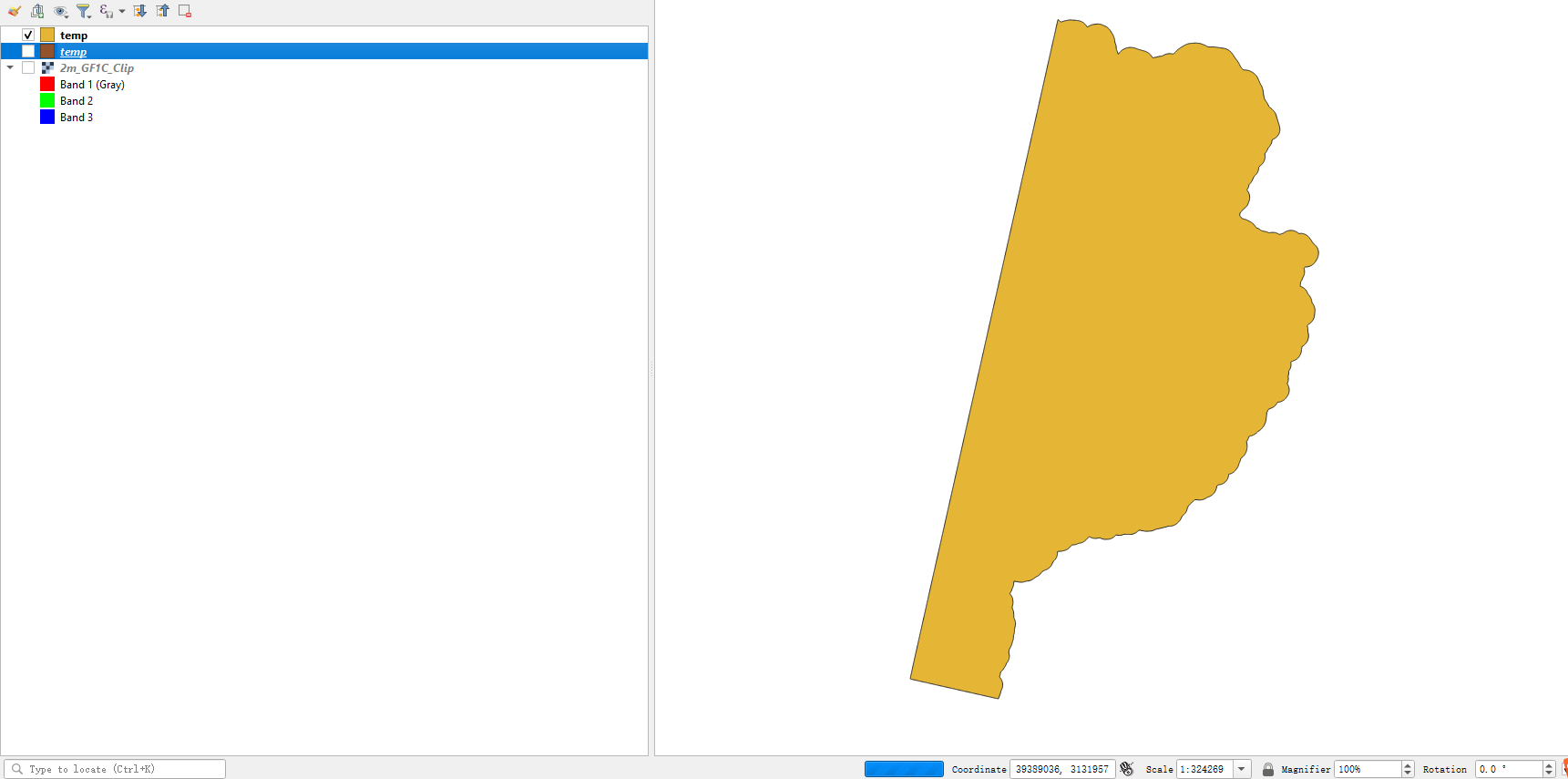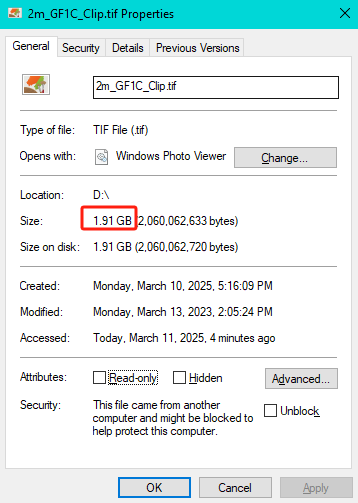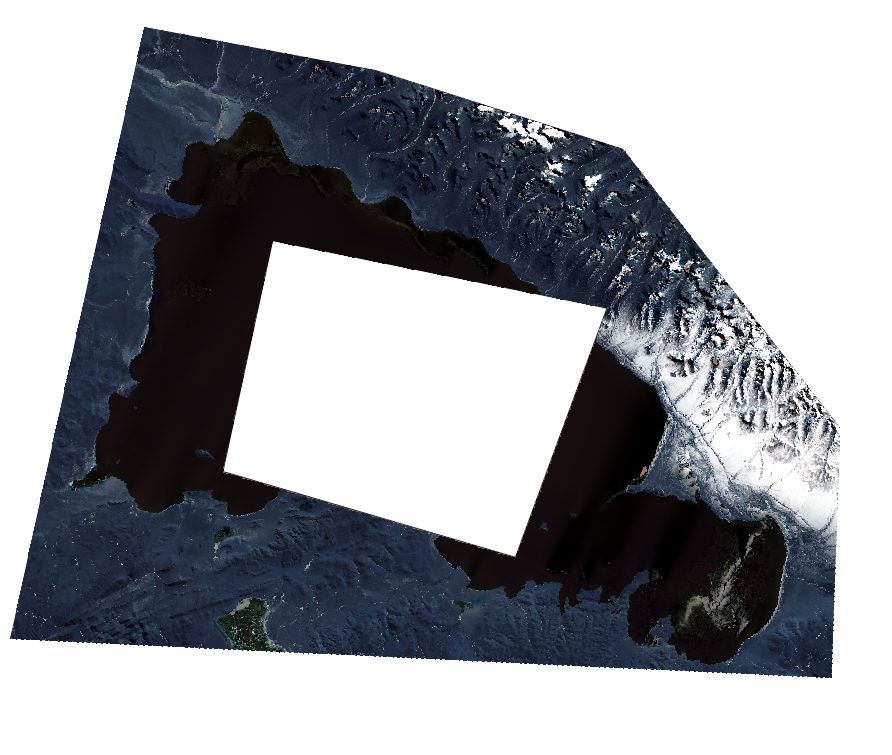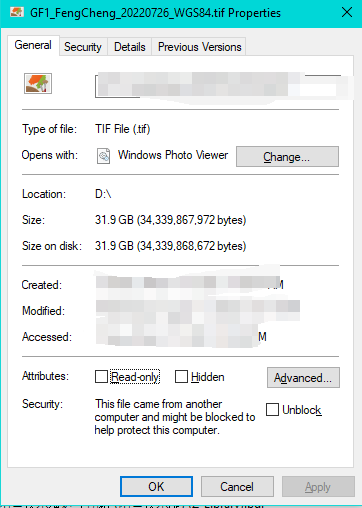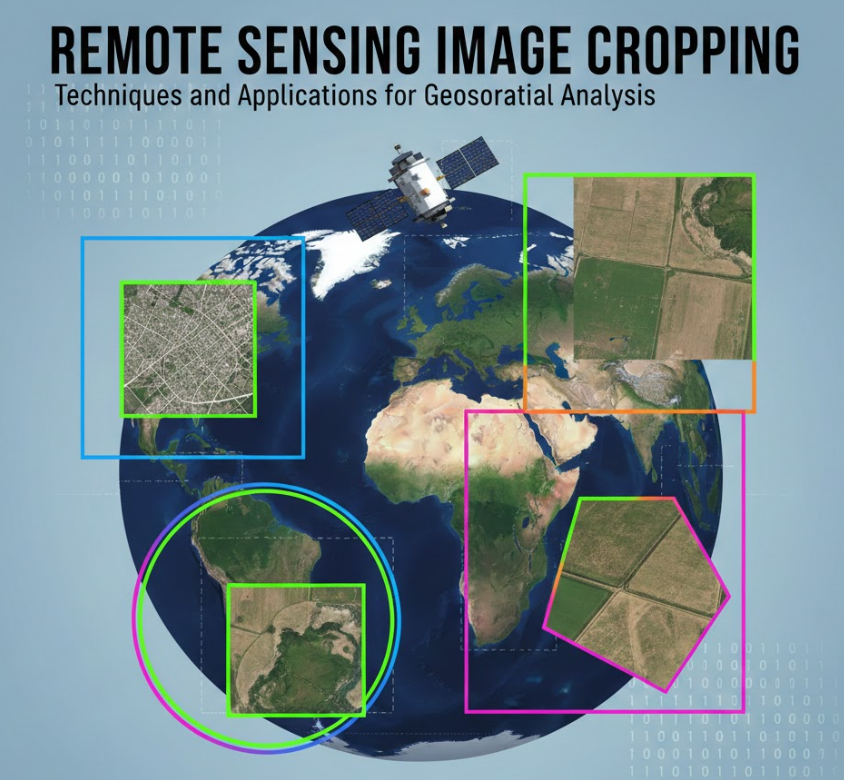影像落图
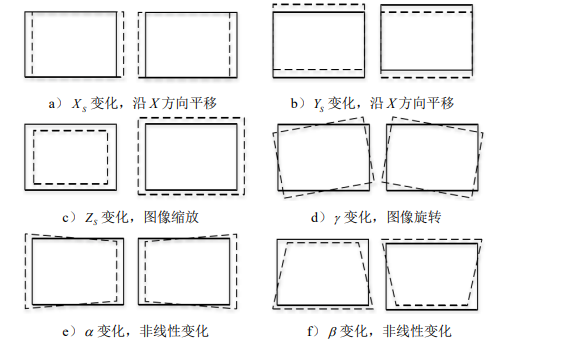
影像落图
ytkz无孔洞
当时是处于什么的情况下才写出这样的代码,我不禁地问自己。
poly = ogr.Geometry(ogr.wkbPolygon)
if len(polygon['coordinates']) > 4:
for hole_coords in polygon['coordinates']:
hole_ring = ogr.Geometry(ogr.wkbLinearRing)
for coord in hole_coords:
hole_ring.AddPoint(coord[0], coord[1])
poly.AddGeometry(hole_ring)
else:
try:
max_i = len(polygon['coordinates'][0])
target_i = 0
for i in range(len(polygon['coordinates'])):
temp_i = len(polygon['coordinates'][i])
if max_i < temp_i:
max_i = temp_i
target_i = i
for hole_coords in polygon['coordinates'][target_i]:
hole_ring = ogr.Geometry(ogr.wkbLinearRing)
for coord in hole_coords:
hole_ring.AddPoint(coord[0], coord[1])
poly.AddGeometry(hole_ring)
except Exception as e:
print('出了问题')
print(e)改进
代码如下:
#!/usr/bin/env python
# -*- coding: utf-8 -*-
# @Time : 2025/3/10 16:12
# @File : big_image_footprint.py
import rasterio
from rasterio.windows import Window
from rasterio.features import geometry_mask
from shapely.geometry import Polygon, MultiPolygon
from shapely.ops import unary_union
import numpy as np
from osgeo import ogr, osr
from tqdm import tqdm
import math, os
import matplotlib.pyplot as plt
def plot_footprint(footprint, title="Raster Footprint"):
"""使用 matplotlib 绘制足迹多边形"""
fig, ax = plt.subplots(figsize=(10, 10))
if isinstance(footprint, Polygon):
footprint = MultiPolygon([footprint])
for geom in footprint.geoms:
if isinstance(geom, Polygon):
x, y = geom.exterior.xy
ax.plot(x, y, 'k-', linewidth=2)
ax.fill(x, y, alpha=0.2, color='blue')
ax.set_aspect('equal', adjustable='box')
ax.set_title(title)
ax.set_xlabel('X coordinate')
ax.set_ylabel('Y coordinate')
ax.grid(True)
plt.show()
def get_valid_footprint(block, nodata_value, transform, window):
"""计算单个块的有效数据足迹,处理不同类型的nodata值"""
if np.issubdtype(block.dtype, np.floating):
if nodata_value is None:
mask = ~np.isnan(block)
else:
mask = ~np.isclose(block, nodata_value, equal_nan=True)
else:
# 对于整数类型,直接比较
if nodata_value is None:
mask = block != 0 # 如果nodata为None,默认使用0作为无效值
else:
mask = block != nodata_value
if not np.any(mask):
return None
shapes = rasterio.features.shapes(
mask.astype(np.uint8),
mask=mask,
transform=transform
)
polygons = [Polygon(geom['coordinates'][0]) for geom, value in shapes if value == 1]
return unary_union(polygons) if polygons else None
def save_footprint_to_file(footprint, output_path, format='shp', crs=None):
"""
使用 ogr 将足迹保存为 shapefile 或 geopackage 文件
参数:
footprint: Shapely Polygon 或 MultiPolygon 对象
output_path: 输出文件路径(包括扩展名)
format: 文件格式,'shp' 或 'gpkg',默认为 'shp'
crs: 坐标参考系(osgeo.osr.SpatialReference 对象),如果为 None 则使用默认 WGS84
"""
# 设置驱动
if format.lower() == 'shp':
driver_name = 'ESRI Shapefile'
if not output_path.lower().endswith('.shp'):
output_path += '.shp'
elif format.lower() == 'gpkg':
driver_name = 'GPKG'
if not output_path.lower().endswith('.gpkg'):
output_path += '.gpkg'
else:
raise ValueError("Format must be 'shp' or 'gpkg'")
# 创建 OGR 驱动
driver = ogr.GetDriverByName(driver_name)
if driver is None:
raise ValueError(f"OGR driver '{driver_name}' not available.")
# 如果文件已存在,先删除
if os.path.exists(output_path):
driver.DeleteDataSource(output_path)
# 创建数据源
ds = driver.CreateDataSource(output_path)
if ds is None:
raise ValueError(f"Could not create output file: {output_path}")
# 设置坐标系
if crs is None:
srs = osr.SpatialReference()
srs.ImportFromEPSG(4326) # 默认 WGS84
else:
srs = crs
# 创建图层
layer = ds.CreateLayer('footprint', srs, ogr.wkbMultiPolygon)
if layer is None:
raise ValueError("Could not create layer.")
# 创建特征
feature_defn = layer.GetLayerDefn()
feature = ogr.Feature(feature_defn)
# 将 Shapely 对象转换为 OGR 几何
if isinstance(footprint, Polygon):
footprint = MultiPolygon([footprint]) # 转换为 MultiPolygon
geom = ogr.CreateGeometryFromWkb(footprint.wkb)
feature.SetGeometry(geom)
# 将特征写入图层
layer.CreateFeature(feature)
# 清理
feature = None
ds = None
print(f"Footprint saved as {format}: {output_path}")
# 修改 calculate_large_raster_footprint 函数
def calculate_large_raster_footprint(input_path, block_size=512, overlap=50, save_path=None, save_format='shp'):
"""计算整个大影像的有效足迹,支持不同类型的nodata值,并可选保存为文件"""
footprints = []
with rasterio.open(input_path) as src:
nodata = src.nodata
height, width = src.height, src.width
total_blocks = math.ceil(height / block_size) * math.ceil(width / block_size)
# 获取影像的 CRS
raster_crs = src.crs
if raster_crs:
srs = osr.SpatialReference()
srs.ImportFromWkt(raster_crs.wkt)
else:
srs = None
with tqdm(total=total_blocks, desc="Calculating footprint") as pbar:
for i in range(0, height, block_size):
for j in range(0, width, block_size):
# 计算窗口大小并添加重叠
window_height = min(block_size + overlap, height - i)
window_width = min(block_size + overlap, width - j)
window = Window(j, i, window_width, window_height)
# 调整窗口以避免超出影像边界
if i + window_height > height:
window_height = height - i
if j + window_width > width:
window_width = width - j
window = Window(j, i, window_width, window_height)
window_transform = src.window_transform(window)
block = src.read(1, window=window)
footprint = get_valid_footprint(block, nodata, window_transform, window)
if footprint:
footprints.append(footprint)
pbar.update(1)
if not footprints:
raise ValueError("No valid data found in the image.")
# 合并足迹并平滑边界
final_footprint = unary_union(footprints)
# 添加微小缓冲区以消除分块缝隙(单位取决于影像坐标系)
final_footprint = final_footprint.buffer(0.1, join_style=2).buffer(-0.1, join_style=2)
# 如果提供了保存路径,则保存足迹
if save_path:
save_footprint_to_file(final_footprint, save_path, format=save_format, crs=srs)
return final_footprint
if __name__ == "__main__":
input_raster = r"D:\2m_GF1C_Clip.tif"
output_vector = r"D:\temp" # 不需要指定扩展名,会自动添加
footprint = calculate_large_raster_footprint(
input_raster,
block_size=2000,
overlap=50,
save_path=output_vector,
save_format='shp' # 或 'shp'
)
plot_footprint(footprint, "Final Footprint")下图是程序利用matplotlib生成的影像有效区域范围的示意图
输入影像tif文件在qgis打开如下,影像太大了,正在加载中,所以看起来是一团马赛克:
加载后的可视化结果如下:
程序生成的shp文件在qgis打开如下:
这景影像的大小是1.9G
分块大小为2000,处理时间为18秒。
分块大小为1000,处理时间为20秒。
分块大小为500,处理时间为23秒。
所以,在你的电脑内存越大的前提下,对于同一张影像,设置分块大小越大,处理时间越少。
对于有孔洞的影像的测试,原图如下:
矢量结果如下:
对于大影像的测试:
在普通电脑上,使用分块大小为2000进行处理,影像大小为31.9G
处理时间为4分钟05秒。
在普通电脑上,使用分块大小为2000进行处理,影像大小为90.4G
处理时间为6分钟13秒。
